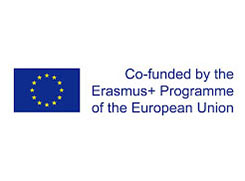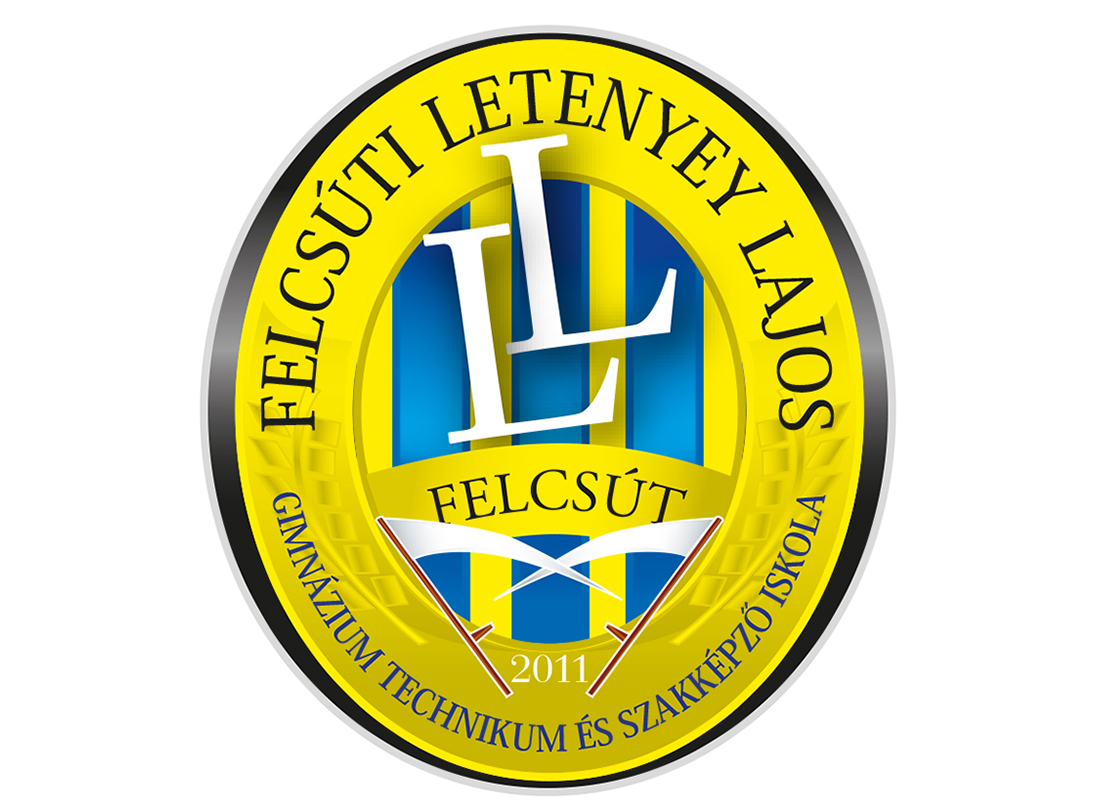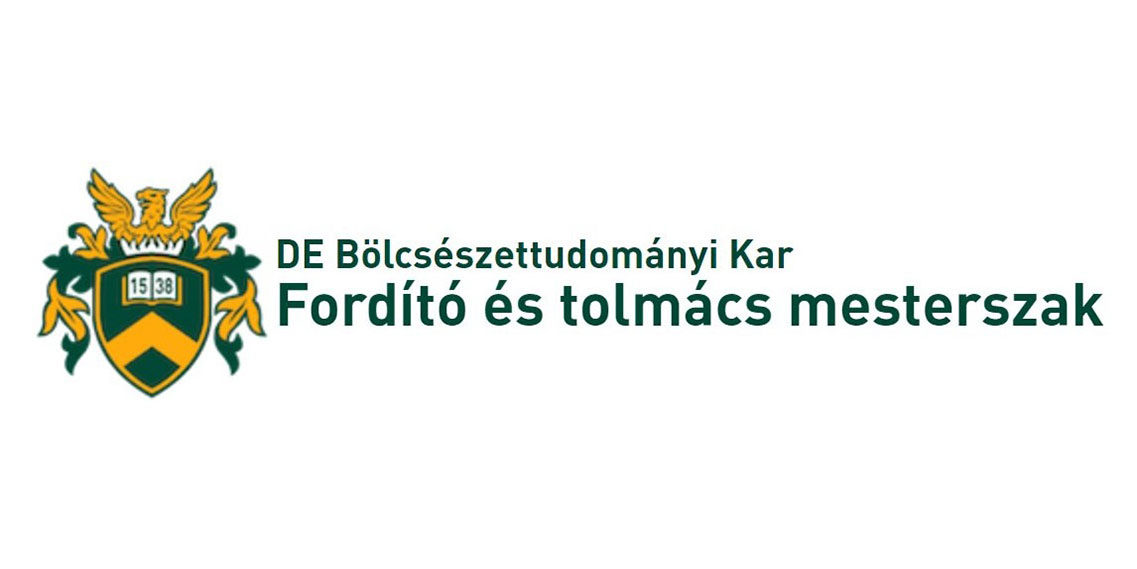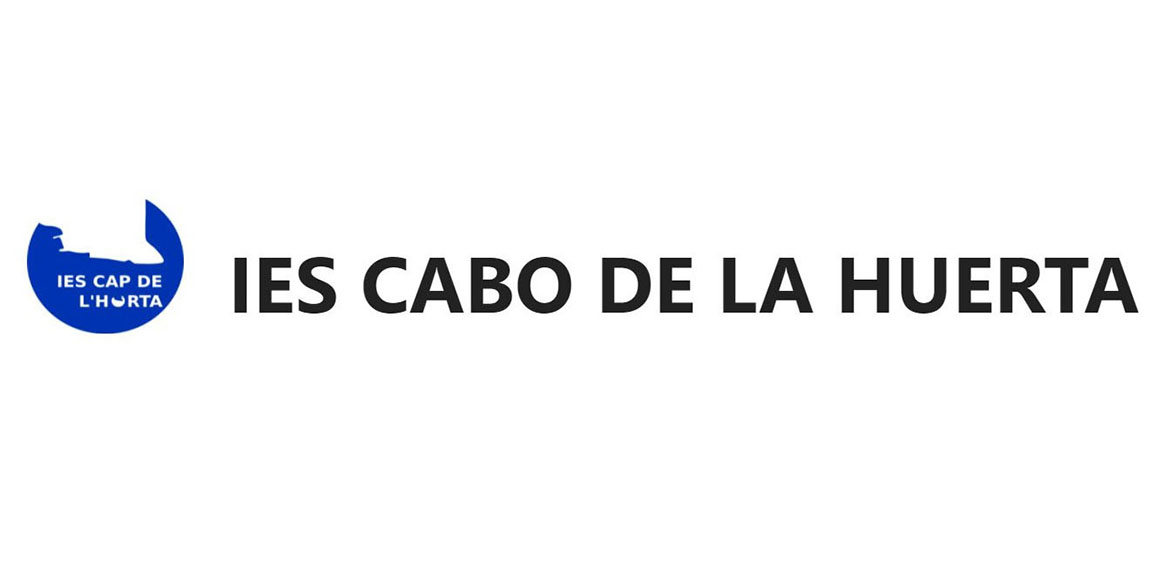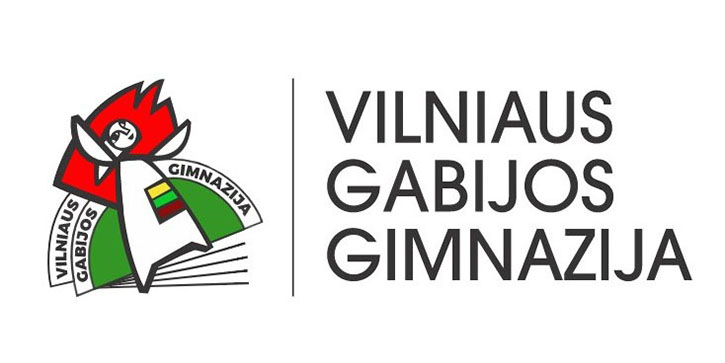Visit our itinerary site: https://sites.google.com/iescabodelahuerta.com/aliapp/partners/hungary
Felcsút
and its surroundings
Schmidt Gréta, Buzár Tamás
Felcsút is a small village, it has only about 2000 inhabitants. You can find it in the western part of Hungary, in Fejér County, it is 39 kilometres away from Székesfehérvár and only 42 kilometres away from Budapest, our capital city.
There are two schools in the village, a primary school and our Lajos Letenyey Secondary School. Our school has both gymnasium and vocal secondary school classes. Students can learn here vocations (waiter, cook, pastry cook and farmer), or they can choose an orientation in agriculture, gastronomy or sport.
The origins of the village go back as far as the 13th century - and it is fairly understandable as the village is situated in the valley of the brook Vál at the feet of the hill Vértes. It is not only a beautiful area but also a place where you can find anything you need: water, forest and fertile soil. Agriculture and tourism are the most important branches in this area.
There are some little ranches around Felcsút, like Szúnyogpuszta or Noll-tanya. Both of these ranches have accommodation for about 25 persons, and there is also a small hotel in the neighbouring village in Alcsútdoboz.
The most famous sight of our village is the Puskás Football Academy which was opened in 2007. It is not only one of the best equipped sport academies in Hungary, its buildings are highly valued as well. One of our greatest architects, Imre Makovecz designed the buildings of the dormitory, the health care center and the restaurant. His special design is called organic architecture and it is characterized by using a lot of natural materials like wood and stone and nature-like forms.
Later, in 2014 a new stadium was also built to serve the teams of the Academy. The adult teams play in the first and in the third division of Hungary and it has a lot of youth teams as well. In the stadium you can visit the exhibition of the Puskás heritage. Ferenc Puskás is the most talented and best football player Hungary has ever had. He was also very successful in Spain where he played in the Real Madrid team and later he became a great coach.
From the stadium you can take the so called dinky rail to get to the neighbouring village, Alcsútdoboz where you can take a refreshing and relaxing walk in the beautiful Botanic Garden. This wonderful garden was established by a member of the monarch Habsburg family, Archduke Joseph Habsburg.
Just a little further, in the next village, in Tabajd you can enjoy a shoeless walk in the Barefoot Park testing 21 different surfaces and materials with the pure skin of your soles.
Near Felcsút you can visit the Memorial of Endresz György, a Hungarian pilot who flew from New-Foundland to Hungary in 1931 breaking some records - being the fastest and travelling the longest distance without landing at that time.
So there is plenty to explore and enjoy in and around Felcsút. But if you wish to visit Székesfehérvár, the old coronation city or Budapest - both cities are just an hour drive away.
Budapest
Godányi Dominik, Mak Dominik
Budapest, the capital of Hungary is situated on the two sides of the river Danube. It is the political, cultural, commercial and logistical center of the country.
The face of Budapest is strongly characterized by the Danube bridges between Buda and Pest. 12 public bridges are used by vehicles and pedestrians. The first permanent bridge, the Chain Bridge was built in 1849 based on the plans of István Széchenyi. The structure is easy to identify because of the stone lions sitting on either sides of the bridge. The construction of the Chain Bridge allowed Budapest to become a real center of the country.
Shipping on the Danube has not only an economical relevance but also a touristic one. River trips are very popular among visitors, you can see many iconic sights from the ships, like the Parliament or the beautiful buildings of the Buda Castle.
The city has an estimated population of 2 million, distributed over a land area of about 525 square kilometers. Budapest is the only capital, which has thermal springs, it is also known as an international health spa town. There are many spas in Budapest, but the most popular health baths are Gellért and Széchenyi, where today people can relax in a gorgeous monumental building.
Other sights:
Városliget/City park: a huge landscape park with several beautiful museums and copies of historica buildings, like the Vajdahunyad castle, the Agricultural Museum, the ice rink, the Széchenyi spa, the circus and the zoo.
Hősök tere/Heroes Square and the Millenium Memorial: the statues here immortalize great personalities of the Hungarian history since the foundation of the country.
The 120 years old neo renaissance building of the Hungarian Opera is one of the most remarkable buildings of the 19th Century.
Parliament: Built in 1888-1902 in Neo gothic style, it is currently the largest building in Hungary. When entering the Parliament, visitors can walk up great ornamental stairs, see frescoes on the ceiling and pass by the bust of the architect, Imre Steindl. One of the famous parts of the building is the sixteen-sided central hall, with huge chambers adjoining it: the Lower House and the Upper House.
Synagogue in Dohány street: this is the second biggest synagogue of the world, it was built in the center of the town in the old Jewish quarter.
There are many galleries in Budapest, where we can see a great part of the Hungarian artistic heritage. Nearby, there will be built even more interactive museums, the most popular ones are:
House of Terror Museum: the museum is a memorial place for the victims of the Nazi and Soviet dictatorships in the 20th Century.
Hospital in the Rock Museum: the museum was built in the natural cave system under the castle hill and it functioned as a real hospital during the Second World War and the Revolution of 1956.
Lake Balaton
and its surroundings
Halász Beáta, Balázs Anita
Lake Balaton is the largest lake in Central Europe, a key element of the hydrography of Hungary. The warm, shallow waters of the lake makes it ideal for bathing and sports, while it also has an extremely rich wildlife. The area of the lake is 5181m2. It is 78 km long, 14 km wide, and the water is about 3-12 m deep. Lake Balaton is situated between the central and the southern Transdanubian area of Hungary. The lake and its surroundings are one of the most visited tourist areas in Hungary, with many spas and thermal springs, which can be found nearby. Every year there is an International Sailing Competition on the lake for the Blue Ribbon.
Balaton attractions:
Tihany: It is one of the most beautiful settlements in Hungary with abundant scenery and natural sites. The famous, still existing sight of the place is the Tihany echo which works between the Tihany abbey and the Vanguard Hill. The largest lavender field can also be found here in Hungary.
Hévíz: The town of Hévíz is located in the south west of Hungary, in Zala country. The city has a natural pond which is unique in the world as It is a spa lake.
Balatonfüred: Balatonfüred is located in Veszprém County, and it is one of the oldest resort on Lake Balaton.
Szigliget Castle: One of the most visited and well-known fortresses in Hungary is the Szigliget Castle, which can be found on the northern coast of Lake Balaton.
Veszprém: A University town, also called the city of the queens.
Tapolca: The number one attraction in the city of Tapolca is the cave system which can be found under the city. After a day of sightseeing, it is also worth taking a short trip through the beautifully settled Hild-Awarded city center.
Zamárdi : Zamárdi is one of the southern panorama points of Lake Balaton. The panoramic view of the Tihany peninsula and the northern coast of Lake Balaton is wonderful. There are several free, smaller and larger beaches on the nearly 10 km stretch of the Zamárdi shoreline. Parking and the entrance to the beaches are free. Zamárdi is also one of the sunniest areas of Lake Balaton. The water here is slowly deepening, so there is plenty of room for the kids and the swimmers near the coast. There is also a port for boats and sailboats on the coast. For those who would love an active Balaton holiday, there are various water sports and land sport facilities available.
Programs: Balaton Sound: One of Europe's largest outdoor electronic music festivals. The venue is Zamárdi, the festival has already won the prestigious European Festivals Award medal in the best medium-sized festival category. There are more than 300 performers in 5 days, including some 100 international stars.
Swimming across Lake Balaton: The Balaton cross swimming is an annual summer sports event.
Etyek
Kocsis Barnabás
Etyek is a cozy village in Fejér county, 26kms away from Budapest. It is surrounded by the Etyeki-hills, which provide an ideal climate for vineyards. After the Ottoman plundering the village was repopulated by German settlers in the 18th century, who brought the wine growing culture with them.
Attractions:
Korda Studios: This is a complex of film studios, which was opened in April of 2007. It was named after, Sir Alexander Korda, a Hungarian born British film producer and director. There are 6 state of the art sound stages on 15000 sqm, one with an area of 6000 sqm is among the biggest studio soundstages in the world. There are also 10 hectares of backlot sets: New York, Renaissance and Medieval scenery.
Etyeki kúria vinery: The Winery was founded in the "Old mountain" of Etyek in 1996 with 2 hectars grape field. Soon it became the best winery in this wine region, 4 years ago a modern processing and a lovely wine room was built over the 150 years old Swabian cellar. The Pinot Noir grape was introduced in the Etyek-Buda wine country by the Etyeki Kúria. Wine made from this grape brought many world-class awards for the cellar.
Magyar-fountain: This natural water spring, with 6-700 liters runoff in each minutes, has been feeding the "Nádas lake", for about one thousand years. The building of the fountain was built in the first part of the 19th century in classicistic style. People got their drinking water and water for the animals from here. Grazing animals were shepherd here every day. Women were washing their clothes here before the appearance of washing machines.
Gastronomy: Many high standard gastro manufactories were founded around the wine region and its popular events. We can find handmade chocolate, cheese and ham factories in the settlement. Events: There are several vintage festivals and wine cellar visits organized in each season, like the Etyeki-piknik or Körpince festival.
Székesfehérvár
Balázs Anita, Halász Beáta
The city of Székesfehérvár in Hungary is not only the capital of Fejér County, but also an important cultural and industrial center of the Central Transdanubian region. Székesfehérvár was founded by Prince Géza in 972 and it used to be the most important medieval Hungarian town, a royal residence, a coronation and burial ground of the first Hungarian kings. In the present it has become an economic, railway and road junction of European importance, and one of the most developed cities in Hungary with a lively sport and cultural life. After World War II. economic development continued and the population multiplied. Companies such as IBM, Philips and Ford have appeared here. Today it is hosting several multinational companies, including Mondelez, Harman Becker LTD, the Arconic-Köfém LTD, etc. The most prominent representatives of the local sports life are Fehérvár AV19 (ice-hockey), MOL Vidi FC (football), Alba Fehérvár (basketball). Founded in 1901, the Saint George University Hospital of Fejér County is the largest hospital in the Transdanubian region.
Attractions:
The Bory Castle: Designed and built by its owner, architect and sculptor Eugene Bory, who was one of those few artists who have built their own memorial and museum during their lifetime. The history of the castle began in 1912 and was completed in 1952. The Bory Castle in the city was listed in the Guinness Book of Records as the world's largest building, hand built by one single person.
Medieval Ruin Garden: The former basilica built by our first king, St. Stephen had been the sacred center of the medieval Hungarian state until the Ottoman occupation in 1543. Fifteen Hungarian kings were crowned here (incl. King St.Stephen), and the crown, the royal treasury and archive were also kept here.
Országalma (Royal orb): In the city center, at the Városház square you can find a sculpture of the symbol of the city, which was the first capital of Hungary.
Flower Clock: It is a very special attraction in the pedestrian area of the city. Recently, the park was renovated in the vicinity, which is an ideal place of relaxation after a pleasant walk.
Chapel of St. Anne: Also known as the "Hentel Chapel" in Székesfehérvár, it is the only remaining gothic monument in the city and the only surviving medieval building.
Árpád Bath: In 1905 an Art Nouveau building was set up over the carbonated water of the Árpád source, which had been used as a public bath for decades. During the modernization of the 1920s, the Árpád Hostel was built next to it.
Main Street: This is the longest pedestrian street in the city center, one of the city's main tourist destinations. It connects the Town Hall Square and the Matthias King Circuit.
Aunt Katie's statue: The bronze statue of an old monger lady, is located in the center of Székesfehérvár in the pedestrian street of Liszt Ferenc.
Sóstó (Salty Lake) Nature Trail: The Sóstó and its surroundings in Székesfehérvár are a popular recreational area. It is a beloved excursion destination for the inhabitants of the city, where you can also rent boats to row around the lake.
Csákvár
Buzár Tamás
Csákvár is a small town with about 5000 residents in Fejér county, not far from the regional capital, Székesfehérvár. Even though it is a relatively small town, it has many attractions:
Eszterházy Mansion
It is one of the most important Hungarian mansions built in the classicist style. The Mansion was used by the Eszterházy family until 1944, and it was critically damaged during the Second World War, and its furnishing disappeared during the Communist era. The mansion was restored in the 1950s, and finally it became a scheduled monument in 1960. Currently, there is a hospital operating in the building. The castle park is one of the best examples of the Hungarian park design and forestry. The history of the park is related to the builder family. Later it was converted into a landscaped garden. The park can be freely visited during the summer time.
Monument of the Heroes
The town has built this monument to the memory of the fallen heroes of the wars of independence and the two World Wars.
Gessner House - Vértes Nature Park Visitor Center
Csákvár's Gessner House is situated on a piece of land that once belonged to the park of the Esterházy Mansion. It had originally been built as a watermill, but the Esterházy family had it converted into a retreat. Later its stones were carried away and the little lake next to it silted up. The lake has been cleaned and, based on old photos, the building has been restored by the Pro Vértes Public Foundation for Nature Conservation. At present the building, which serves as the centre of the Foundation and the visitor centre of the Vértes Nature Park, performs various functions; it houses offices as well as facilities for research, demonstration and education, and a natural history museum. By surveying the 3D dioramas and the photos of the Vértes Natural History Museum, visitors will easily understand why the Vértes Mountains can rightfully be called 'a drop of Hungary', as the region displays all the characteristic features of the Hungarian landscape. Pied wagtails nest under the eaves of Gessner House, and the lake is frequented by mallards, kingfishers, grey herons, great white egrets, grey-legged geese and mute swans. During the winter, eurasian otters can be observed while catching and eating fish. Visitors are advised to start the discovery of the Vértes Mountains in Gessner House, as one can collect all the necessary information there.
Báraczházy Cave
It is the cave of the Guba Mountain that has become famous for the 8 million years old skeletal remains, which were found in the cave. The cave is 61 meters long, which makes it the third longest cave in the Vértes Mountains. You can only visit this cave at your own risk, however, the Pro-Vértes Nonprofit Zrt is organizing tours for tourist groups to see the caves on demand.
